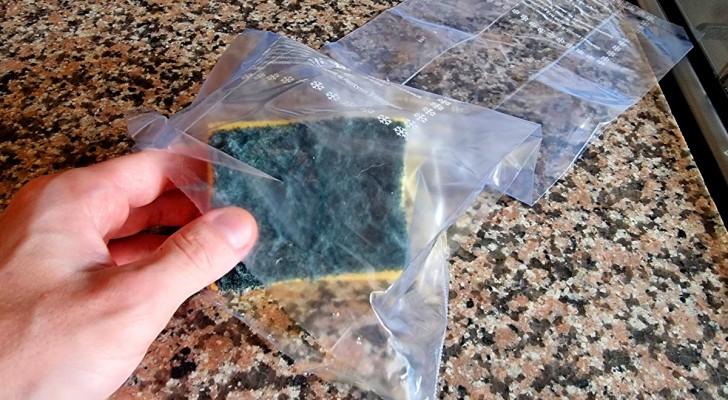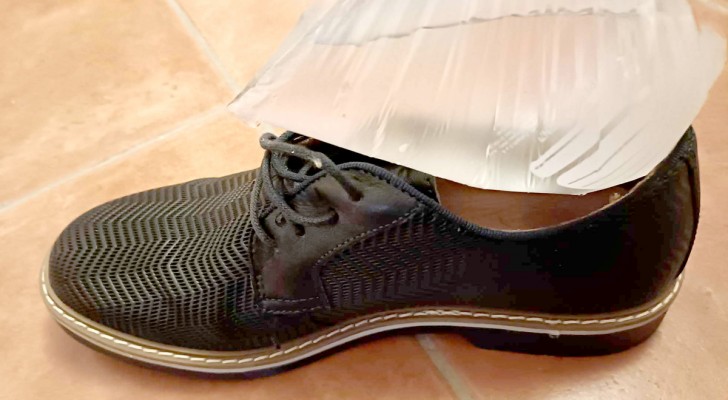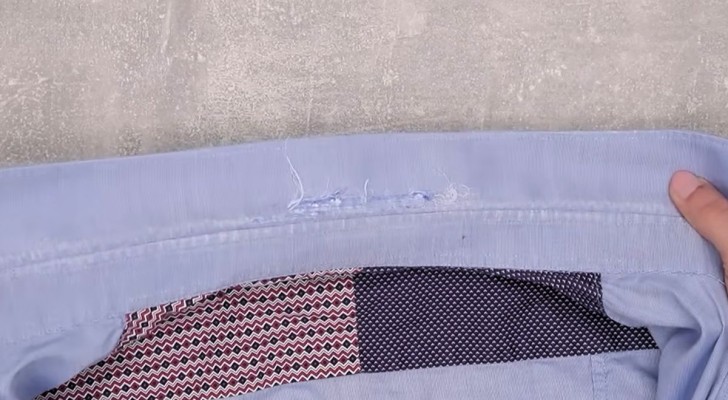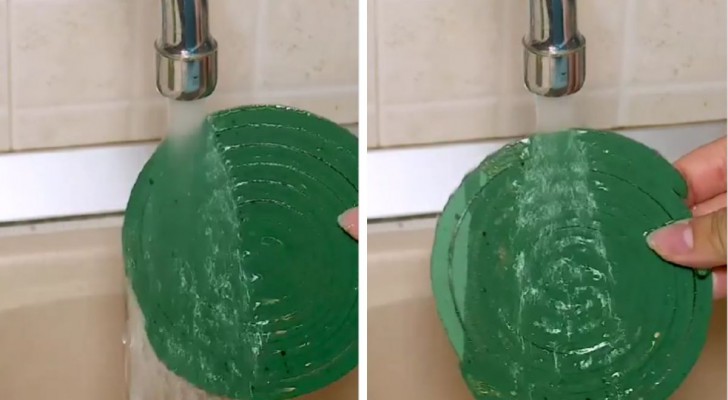Does the paint peel off your walls shortly after you finish the job? Find out what to do to avoid this

Painting the walls is one of the most commonly done DIY jobs. And its the most effective method to radically transform the look of your home. A coat of paint on the walls, even if only on some of them, really works wonders to give a home a more refined, modern and welcoming air at a minimal cost. As a result, many DIYers take care of the job of painting a room over a weekend or two.
Getting ready for this job, however, isn't just limited to choosing the paint and buying the necessary brushes and rollers. In fact, you need to know how to tackle this entire job in the best way so as to avoid any mishaps.
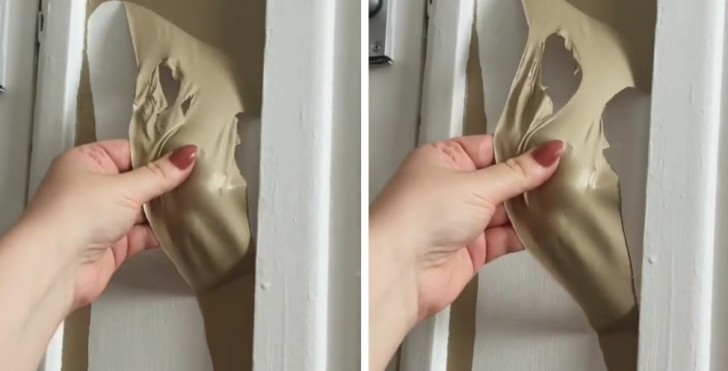
A clip on the @everything_tidy TikTok account shows the disastrous outcome of many hours of work: in the video, we see how the woman manages to pull away the paint from the wall as if it were a rubbery film. It might look fake, but, in fact, this is the result of sloppy work.
It is always necessary to properly prepare the surface to be painted. Depending on the type of material that covers the wall - as well as any restoration work to be done on it - there are a series of steps and products to use first and only thereafter, should the paint be applied.
- First of all, you need to clean and wash the surface: use a vacuum cleaner and dust-catching cloths to remove any dust and debris, and if necessary, wash the walls with cloths and mops and let them dry thoroughly before proceeding. If you notice any cracks to be filled, do this now. Then sand the filler putty smooth and dust the walls down again. The smoother and cleaner the wall, the better the various painting products will adhere.
- Then move on to applying a coat (or two) of primer. They are different types of primer depending on the type of wall, so get some advice on which to buy
- Only after the primer has been applied and is completely dry can you start painting with the chosen colour.
- Finally, a finishing product is sometimes used, although this is not always necessary.
In short, adequate preparation of the surfaces to be painted will prevent you getting a nasty suprise later (like the one in the video)!

